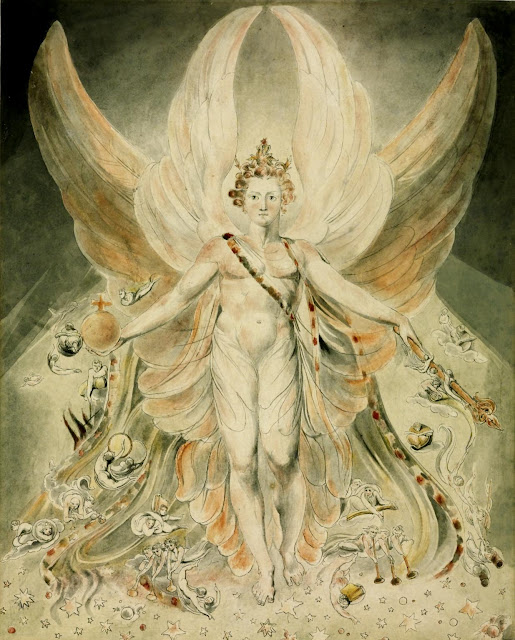# Lately in Science, not Fiction. Part 3

1. Universe is Not Expanding After All, Controversial Study Suggests "According to a team of astrophysicists led by Eric Lerner from Lawrenceville Plasma Physics, the Universe is not expanding at all. In their study, the scientists tested one of the striking predictions of the Big Bang Theory – that ordinary geometry does not work at great distances. In the space around us, on Earth, in the Solar System and our Milky Way Galaxy, as similar objects get farther away, they look fainter and smaller. Their surface brightness, that is the brightness per unit area, remains constant. In contrast, the Big Bang theory tells us that in an expanding Universe objects actually should appear fainter but bigger. Thus in this theory, the surface brightness decreases with the distance. In addition, the light is stretched as the Universe expanded, further dimming the light. So in an expanding Universe the most distant galaxies should have hundreds of times dimmer surface brightness than s...

